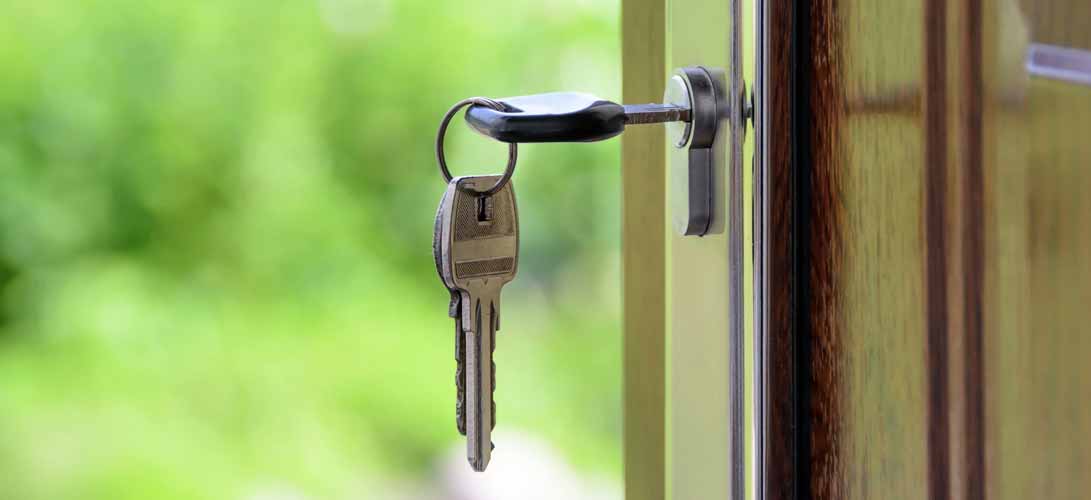Think fast: Are we in a renter’s market, or do landlords have the upper hand?
The answer is both, depending on what report you’re reading. You may have heard that occupancy rates are falling and rent demand is slowing, or you could have read that the new tax overhaul, which lowers rates for property owners, will drive investment and relatedly, demand for rental housing.
While the pendulum perpetually swings favor back and forth between both sides, the truth is that both sides have power. In any tenant-landlord relationship, both parties have the responsibility to build and maintain a successful working relationship.
Tenants are customers, so from the get-go, it’s on landlords to take care of their needs. From amenities to upgrades, repairs and maintenance, tenants expect responsiveness and fast service. Considering the costs related to filling vacancies may be up to three month’s rent, not including the rent lost while the space is being turned over, it’s smart business for landlords to cater to tenants.
On the other hand, in order to land the rental property of their dreams and stay in it comfortably and well taken care of, it’s on tenants to be responsible, patient and clear in their dealings with their property manager.
The problem is that each side has the power – and the potential – to take what could be a healthy relationship and poison it with unreasonable expectations, bad boundaries and poor communication.
Rather than go down that road, the following are quick and easy ways that both landlords and tenants can work better together:
1. Be open and honest in your communication.
From the very first showing, through the rental application process to move in and beyond, transparency and truthfulness are key for effective communication. For landlords, this means answering any questions honestly, even if it means that an interested party decides not to take the place. And this isn’t just friendly advice; there are national and state-specific laws governing everything from managing security deposits to disclosing information about the property’s owner, honoring move-in dates, giving notice when you need access to the property, habitability, maintenance and liability. Be sure that you’re covering all of your legal bases and are familiar with your local rules and regulations.
On the tenant’s end, start by filling out your rental application accurately and honestly. If you don’t have credit or have a low credit score, be upfront with your potential landlord. Many would be happy to work with you to figure out alternative ways to prove you’ll be a good tenant, such as letters from people who can vouch for you and your financial habits and resources. Once you’ve moved in, be sure to familiarize yourself with the terms of your lease agreement, as this is a legally binding document. In general, you’re responsible for paying your rent on time, upkeep of your property and allowing the property manager access when requested. If you have issues with any of this, loop your landlord in right away. While this might seem hard to do, it’s better than getting evicted or involved in a lawsuit thanks to a failure to communicate.
2. Put it in writing – and use photos, too.
For simple requests on either end, such as an easy repair for a tenant or permission to make that repair by the landlord, an email or even a text (depending on what you’ve determined is the best way to contact each other in writing) should do the trick. And avoid the “she said, I said” scenario by following up conversations with in writing to confirm what was discussed. Double check that any request is confirmed by the other party, so it’s clear you’ve reached an understanding and have an agreed upon plan of action. If it feels like overkill, good — too much communication is rarely a problem, but not enough often is. It’s also always good for both sides to document in photos what a rental property looks like at move-in to have as a point of comparison. That way if anything changes, it’s easy to see the extent of the damage.
3. Be thorough.
In the interest of not taking up more of each other’s time than necessary, be as thorough as possible during the move-in process. For landlords, this means making sure that new tenants have all the information they need to be a good tenant, for example, knowing how to take out the trash and when it’s trash day, having a copy of any homeowners association rules, instructions for what to do in an emergency, rules for guest parking, etc. Tenants, jot down all the questions you have for your property manager before you meet, so that you don’t have to keep calling or messaging with additional concerns.
4. Be respectful.
Like all effective business relationships, respect is a key ingredient to its success. Clear communication and strong boundaries from the get-go will help define parameters, including the preferred mode of communication and best times to reach each other. Part of having a mutually respectful relationship also involves doing what you can to avoid burdening the other person. For example, tenants should take it on themselves to fix minor problems (i.e. tighten a doorknob, change an air filter on a vent) and landlords, when larger repairs are necessary, try to make the scheduling as easy and convenient as possible for the tenant.
5. Remember, we’re all human.
This is a long-term relationship of a year or more, or even decades, so it’s important to work toward keeping it positive. Just keep in mind, if things are going south, you can likely solve the problem by going back to these strategies for healthy communication. Be patient, ask questions, make allowances where you can and keep your eye on the goal: building and maintaining a positive relationship over time.

